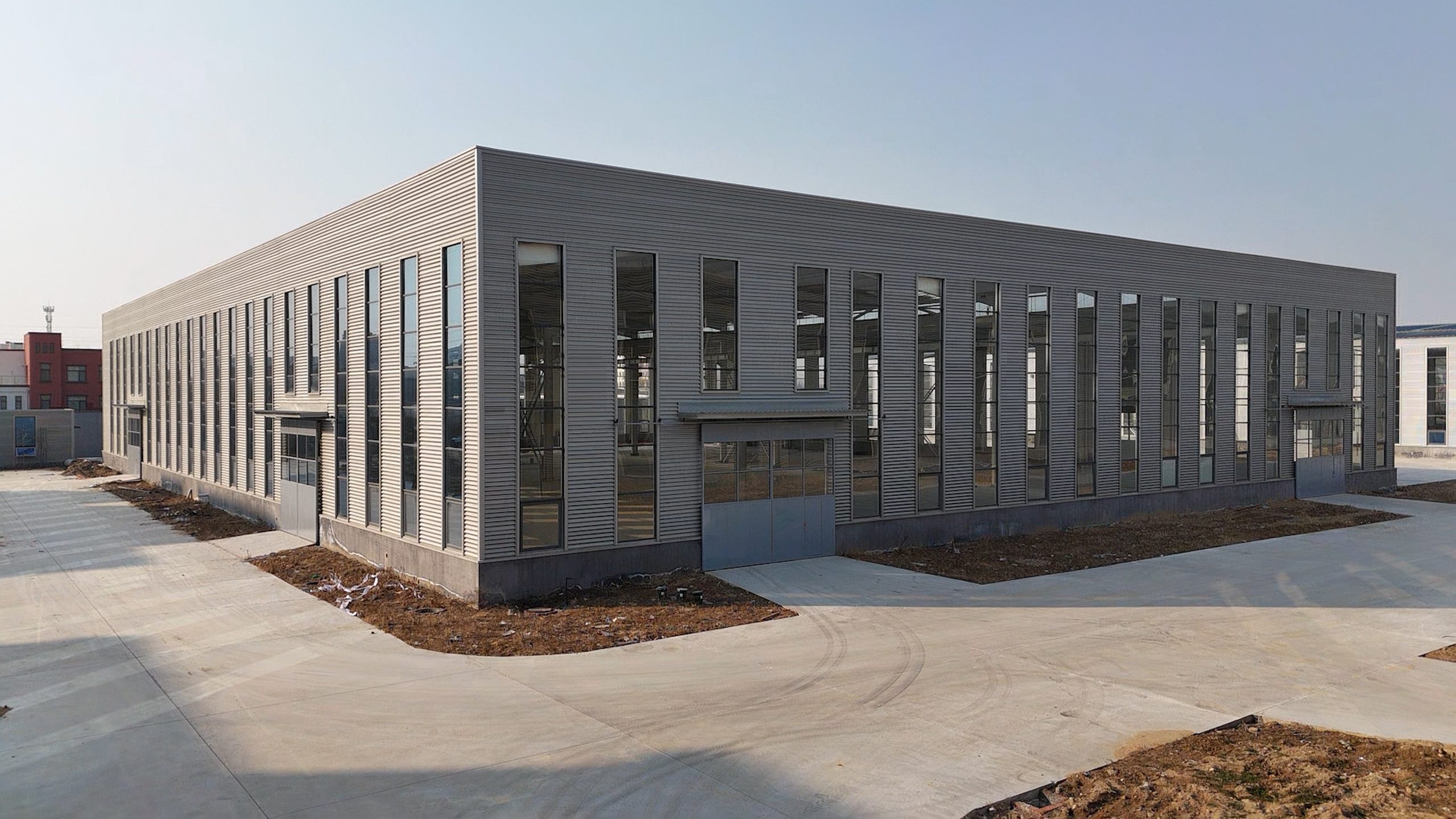Table of Contents
Sustainable Practices in Steel Structure Construction
Steel Structures have long been a popular choice in the construction industry due to their durability, strength, and versatility. In recent years, there has been a growing emphasis on sustainable practices in the construction industry, with a focus on reducing environmental impact and promoting the efficient use of resources. The application of steel structures in building construction plays a crucial role in promoting the whole life cycle management of buildings, contributing to sustainable development.
One of the key benefits of steel structures is their long lifespan. Steel is a highly durable material that can withstand harsh environmental conditions and resist corrosion, making it an ideal choice for building construction. This longevity not only reduces the need for frequent maintenance and repairs but also extends the lifespan of the building itself. By using steel structures, builders can create buildings that are built to last, reducing the need for frequent renovations and replacements.
In addition to their durability, steel structures are also highly recyclable. Steel is one of the most recycled materials in the world, with a Recycling rate of over 90%. This means that steel structures can be easily dismantled and recycled at the end of their lifespan, reducing the amount of waste that ends up in landfills. By incorporating steel structures into building construction, builders can promote a circular economy where materials are reused and recycled, reducing the environmental impact of construction projects.
Furthermore, steel structures are highly energy-efficient. Steel buildings can be designed to maximize natural light and ventilation, reducing the need for artificial lighting and heating. This not only reduces energy consumption but also lowers operating costs for building owners. By incorporating energy-efficient design principles into steel structures, builders can create buildings that are not only environmentally friendly but also cost-effective to operate in the long run.

Another important aspect of whole life cycle management is the adaptability of buildings. Steel structures are highly versatile and can be easily modified or expanded to meet changing needs. This flexibility allows buildings to be repurposed or renovated without the need for extensive demolition and reconstruction, reducing waste and minimizing environmental impact. By using steel structures, builders can create buildings that can adapt to future changes in use or occupancy, promoting the long-term sustainability of the built Environment.
In conclusion, the application of steel structures in building construction plays a crucial role in promoting the whole life cycle management of buildings. Steel structures offer a range of benefits, including durability, recyclability, energy efficiency, and adaptability, that contribute to sustainable development in the construction industry. By incorporating steel structures into building design and construction, builders can create buildings that are built to last, reduce waste, and minimize environmental impact. As the construction industry continues to prioritize sustainability, steel structures will play an increasingly important role in promoting sustainable practices and ensuring the long-term viability of the built environment.
Advantages of Steel Structures in Building Life Cycle Management
Steel structures have long been a popular choice in the construction industry due to their durability, strength, and versatility. In recent years, the application of steel structures has played a crucial role in promoting the whole life cycle management of buildings. This article will explore the advantages of steel structures in building life cycle management and how they contribute to the sustainability and efficiency of construction projects.
One of the key advantages of steel structures in building life cycle management is their longevity. Steel is a highly durable material that can withstand harsh weather conditions, seismic activity, and other external factors that can cause damage to buildings. This durability ensures that steel structures have a longer lifespan compared to other building materials, reducing the need for frequent repairs and maintenance over time.
In addition to their longevity, steel structures are also highly recyclable and reusable. Steel is one of the most recycled materials in the world, with a recycling rate of over 90%. This means that steel structures can be dismantled and repurposed for other construction projects, reducing the amount of waste generated during the demolition process. By incorporating recycled steel into new construction projects, builders can reduce their environmental impact and promote sustainability in the construction industry.
Furthermore, steel structures are known for their flexibility and adaptability. Steel can be easily modified and expanded to accommodate changing needs and requirements, making it an ideal choice for buildings that may need to be reconfigured or renovated in the future. This flexibility allows for easy modifications and upgrades, reducing the overall cost and time required for building maintenance and renovations.
Another advantage of steel structures in building life cycle management is their energy efficiency. Steel buildings are known for their thermal performance, which helps to reduce energy consumption and lower heating and cooling costs. By incorporating energy-efficient design features and materials, steel structures can help to improve the overall energy efficiency of buildings and reduce their environmental impact.
Additionally, steel structures are resistant to pests, mold, and fire, making them a safer and more secure option for building construction. Steel buildings are less susceptible to damage from termites, rodents, and other pests, reducing the need for costly Pest Control measures. Steel is also non-combustible, meaning that it does not contribute to the spread of fires and can help to contain flames in the event of a fire emergency.
In conclusion, the application of steel structures in promoting the whole life cycle management of buildings has numerous advantages that contribute to the sustainability and efficiency of construction projects. From their durability and recyclability to their flexibility and energy efficiency, steel structures offer a range of benefits that make them an ideal choice for modern construction projects. By incorporating steel structures into building design and construction, builders can create sustainable, resilient, and cost-effective buildings that will stand the test of time.

